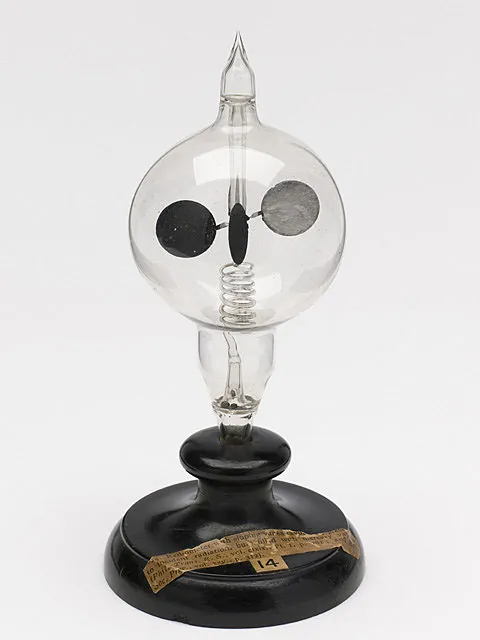
Could Photophoresis Propel Metal Sheets to the Edge of Space?
2025-08-14
Author: Ting
Unlocking the Secrets of Photophoresis
You've probably seen the fascinating Crookes radiometer—a device that spins its blades when exposed to light—without fully understanding the science behind it. Many mistakenly believe it's all about radiation pressure, but the truth involves a lesser-known phenomenon called photophoresis.
The Groundbreaking Research
A team of innovators has proposed an exciting application for the photophoresis effect: lofting ultra-thin metal sheets into Earth's upper atmosphere and possibly even others like Mars. Their goal is to create probes that can operate in the atmospheric sweet spot—too high for balloons but too low for satellites. Early prototypes have already shown promise flying just above the Earth’s surface.
How Photophoresis Works
At the heart of the Crookes radiometer lies the warmth of its dark side. Contrary to popular belief, it's not solely about photons hitting the dark blades but also about the temperature variation between the warm dark side and the cooler reflective side. This temperature gap allows gas molecules to gain energy from the heated surface and rush away faster, resulting in a pressure difference that ultimately spins the blades.
Innovative Designs: The Nanocardboard
To maximize lift, researchers are exploring an inventive structure dubbed "nanocardboard": two parallel, perforated metal sheets—one dark and one light. These sheets not only facilitate gripping the atmosphere but also enhance the temperature gradient essential for generating upward thrust. The design is optimally lightweight, with just a gram per square meter, making it an efficient solution.
Modeling for Success
As they delve deeper into the physics, the researchers have developed models to optimize these configurations for lift. Some factors they’re manipulating include the size of the gaps between sheets and the density of the perforations. Their findings suggest that smaller pieces perform better in terms of lift compared to larger ones due to temperature equilibrium.
Meeting the Challenges Ahead
Once the prototypes showed they could generate lift—surpassing their own weight when illuminated—the real challenges emerged. Getting these lightweight marvels into the mesosphere, where they could be most effective, requires innovative transportation strategies. Traditional balloons won't suffice; these sheets must be delicately deployed into the sparse upper atmosphere.
A Bright Future for Atmospheric Exploration
While these ambitious plans hinge on overcoming significant hurdles, the potential applications extend beyond Earth. The researchers believe similar techniques could help explore the Martian mesosphere, providing a new window into less accessible environments.
Ultimately, even if practical applications remain a distant dream, this research shines a light on how seemingly obscure physical effects can lead to groundbreaking technology, potentially transforming our understanding of the atmosphere.

 Brasil (PT)
Brasil (PT)
 Canada (EN)
Canada (EN)
 Chile (ES)
Chile (ES)
 Česko (CS)
Česko (CS)
 대한민국 (KO)
대한민국 (KO)
 España (ES)
España (ES)
 France (FR)
France (FR)
 Hong Kong (EN)
Hong Kong (EN)
 Italia (IT)
Italia (IT)
 日本 (JA)
日本 (JA)
 Magyarország (HU)
Magyarország (HU)
 Norge (NO)
Norge (NO)
 Polska (PL)
Polska (PL)
 Schweiz (DE)
Schweiz (DE)
 Singapore (EN)
Singapore (EN)
 Sverige (SV)
Sverige (SV)
 Suomi (FI)
Suomi (FI)
 Türkiye (TR)
Türkiye (TR)
 الإمارات العربية المتحدة (AR)
الإمارات العربية المتحدة (AR)